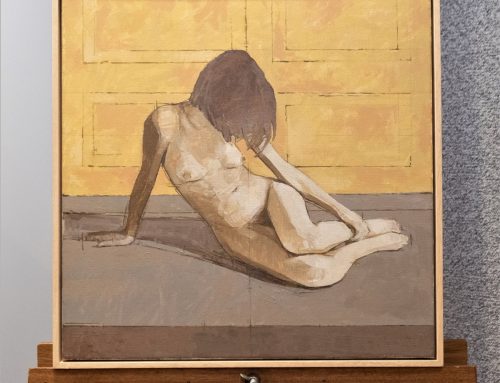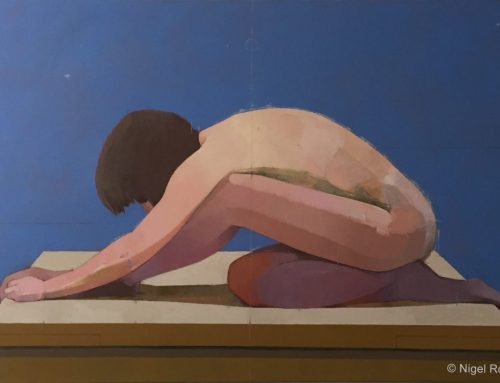Ladak London project managed as well as curated an exhibition at the Ismaili Centre in London featuring the Aga Khan Award for Architecture’s shortlisted projects for 2019.
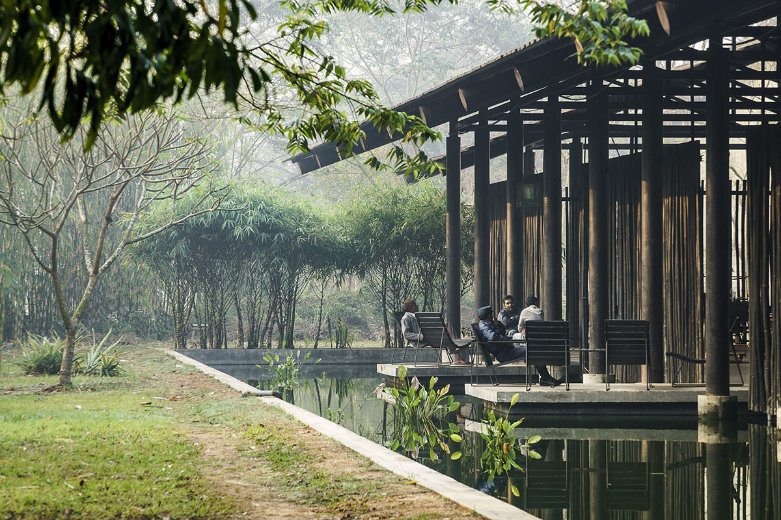
Amber Denim Loom Shed in Gazipur, Bangladesh by Archeground / Jubair Hasan, Image © Aga Khan Trust for Culture / Sandro di Carlo Darsa
Amin commented on this year’s show: “This was the 3rd cycle in the 9 years that I’ve been involved. It’s a project that I’m always delighted and also proud to be involved with. Architecture brings with it a profound aesthetic which in itself is uplifting. This combines with the creation of tangible structures with practical purposes that both anchor and support communities in need across the globe, in areas where they matter most. These buildings answer very specific local issues, many of them presenting particular challenges. We’ve picked a handful of our favourites here – all of which featured in the exhibition – and wish those on the shortlist success.”
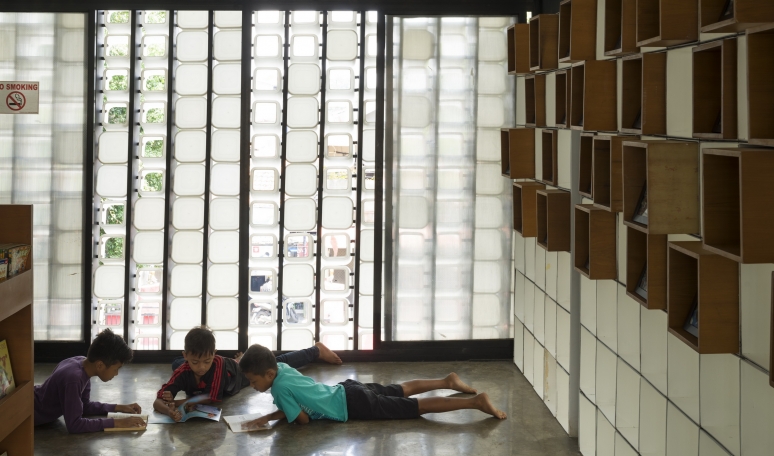
Bima Microlibrary in Bandung, Indonesia by SHAU Architects © Aga Khan Trust for Culture / Cemal Emden
The Aga Khan Award for Architecture is given every three years to projects that set new standards of excellence in architecture, planning practices, historic preservation and landscape architecture. Through its efforts, the Award seeks to identify and encourage building concepts that successfully address the needs and aspirations of societies across the world, in which Muslims have a significant presence.
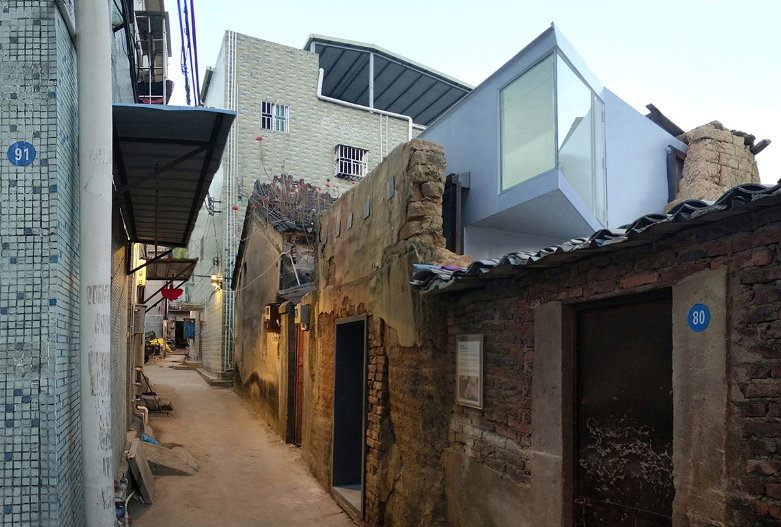
Courtyard House Plugin in Beijing by People’s Architecture Office, Image © People’s Architecture Office
According to the Aga Khan Award for Architecture: “The 2019 shortlist features 20 projects, located in 16 countries. Together, these projects – ranging from a university building in Senegal to a prototype water harvesting system in Ethiopia and from a fish market in Oman to a library in Indonesia – draw attention to the relationship between quality of life and architecture, whilst looking ahead at the challenges brought by the currents of globalisation, inequity, socio-technological change, climate and ecological changes and displacement.”
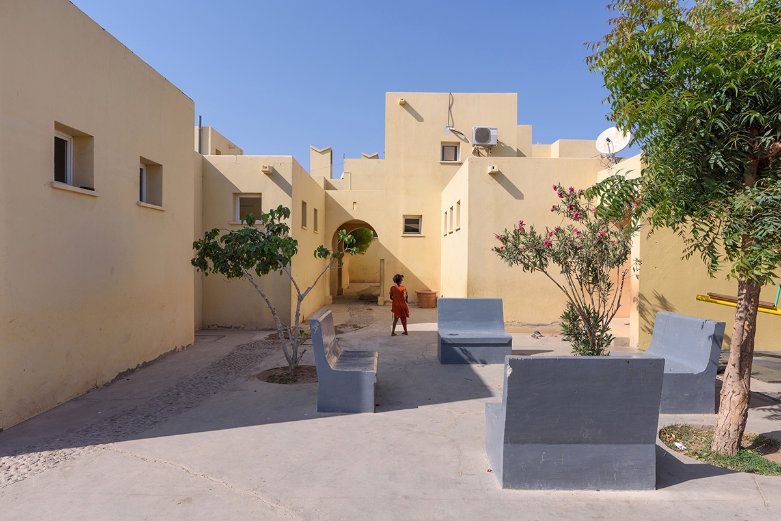
Tadjourah SOS Children’s Village by Urko Sanchez Architects, Image © Aga Khan Trust for Culture / Jjumba Martin
We asked Farrokh Derakhshani, the Director of the Aga Khan Award for Architecture, who visited Ladak London’s gallery, how the awards had progressed since their inception with the 1978-1980 cycle. “The whole world has changed of course over the past 40 years. So what was called architecture 40 years ago is now completely different. There is a different take on projects, for instance there’s more socially orientated architecture now. Socially orientated architecture has become more important, there’s a more responsible approach to architecture and also architecture is more important generally. It’s not just projects with a capital A which is what usually happens. What has been able to happen is that we’ve managed to bring in a number of issues which are very important for the quality of life, about the quality of the environment, and also the quality of the built in environment. These aspects are now considered by many, many people around the world and that’s important. That’s what I see as real progress.”
As well as the Ismaili Centre show which closed on 15th June, Amin co-curated the exhibition at the Aga Khan Centre in King’s Cross, London which closed on the 10th July. Both shows were part of the London Festival of Architecture. Find out more about the Aga Khan Architectural Awards.
Find out more about Ladak London and our curation services.


